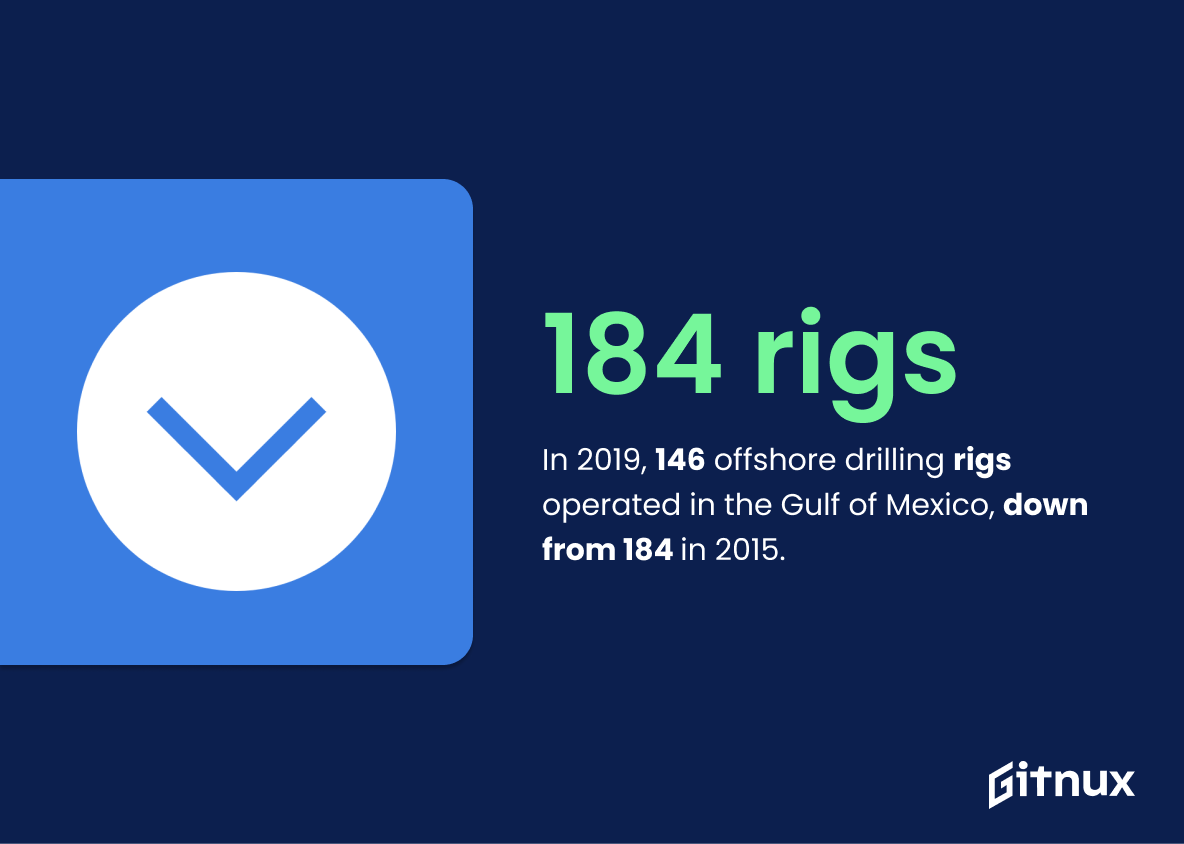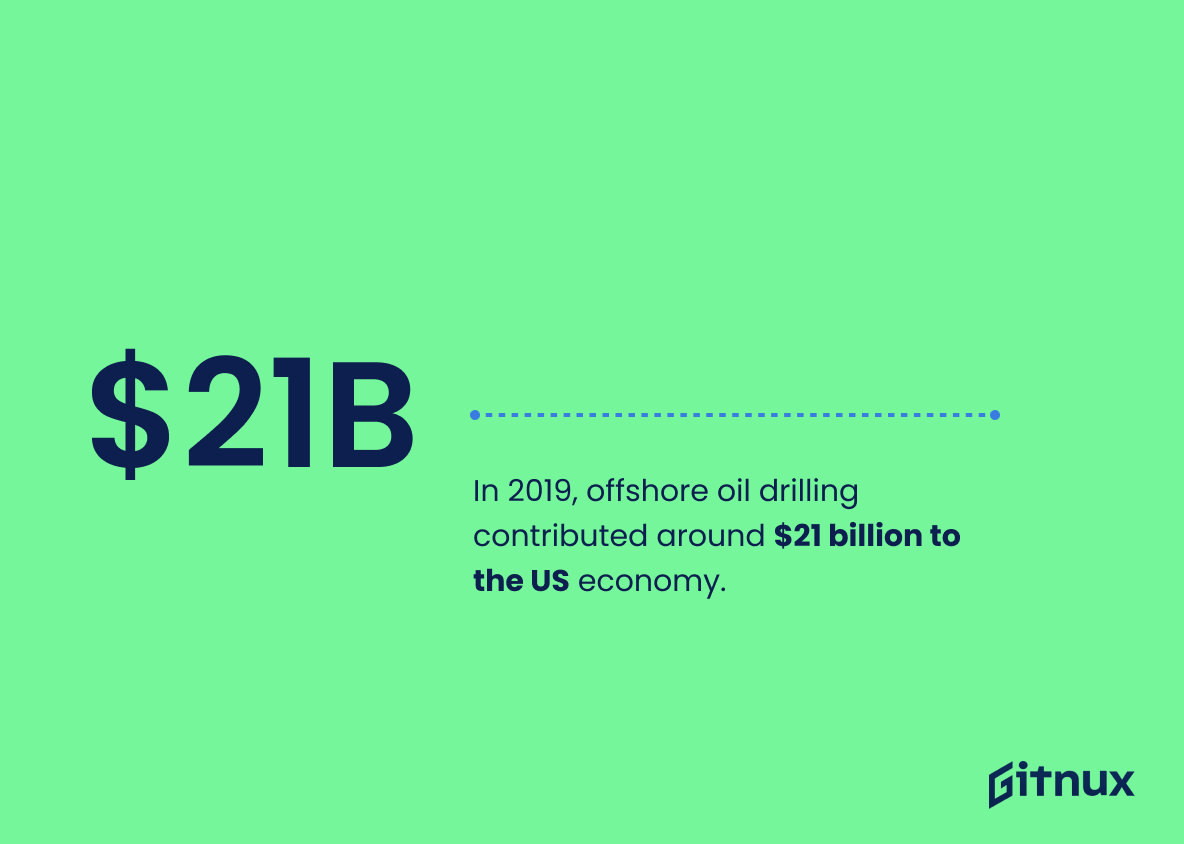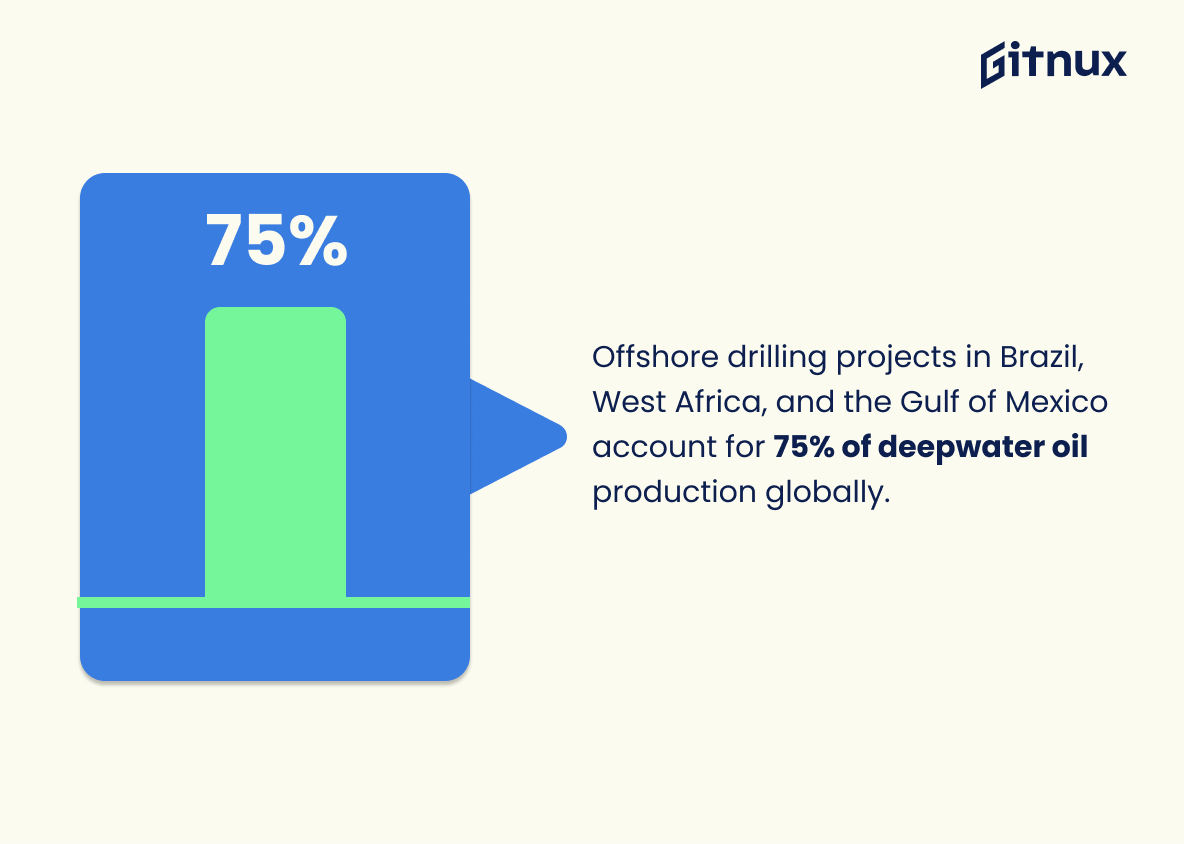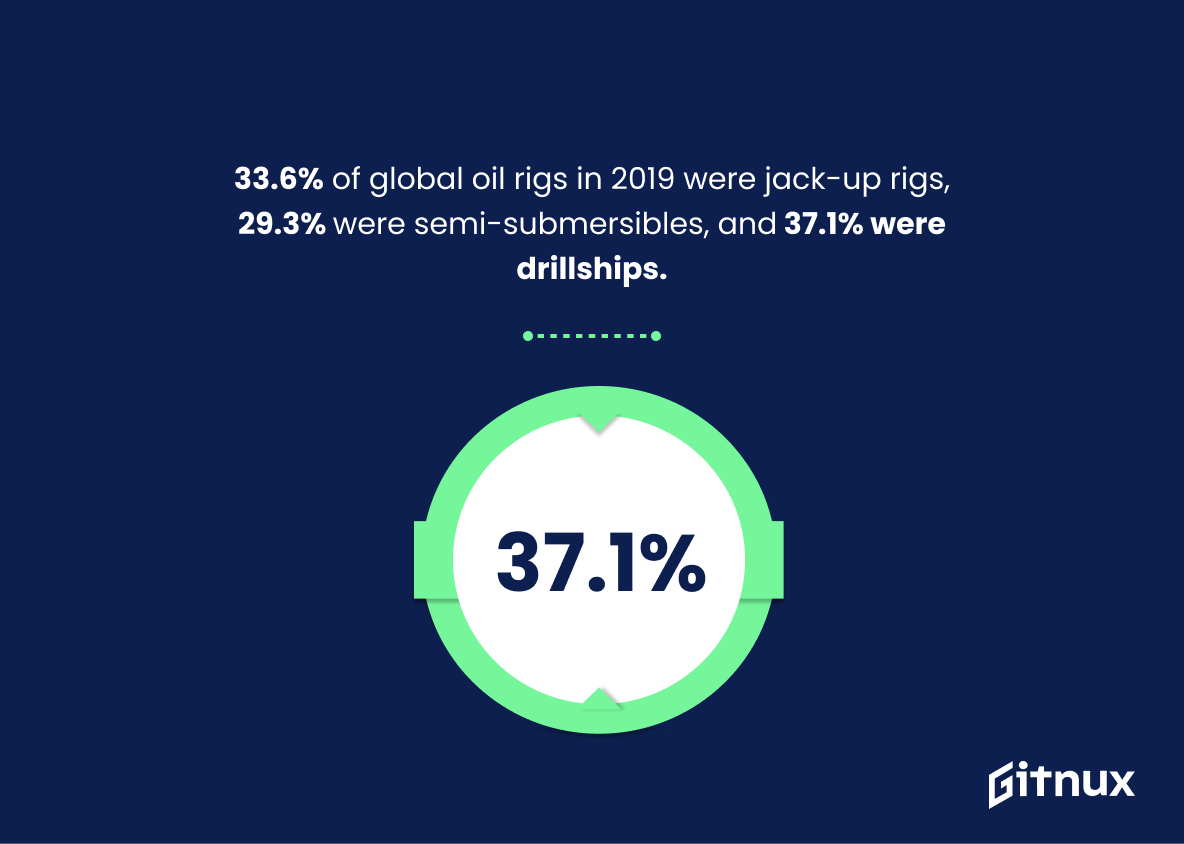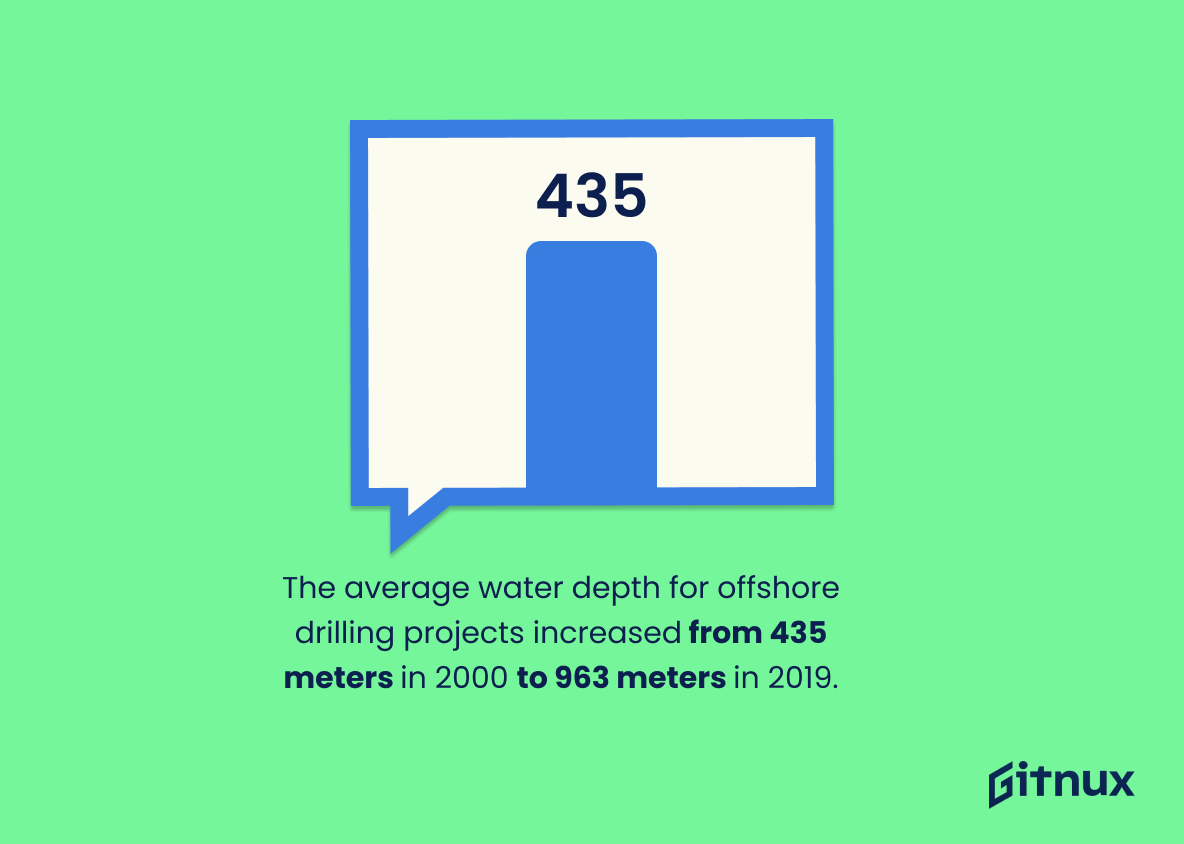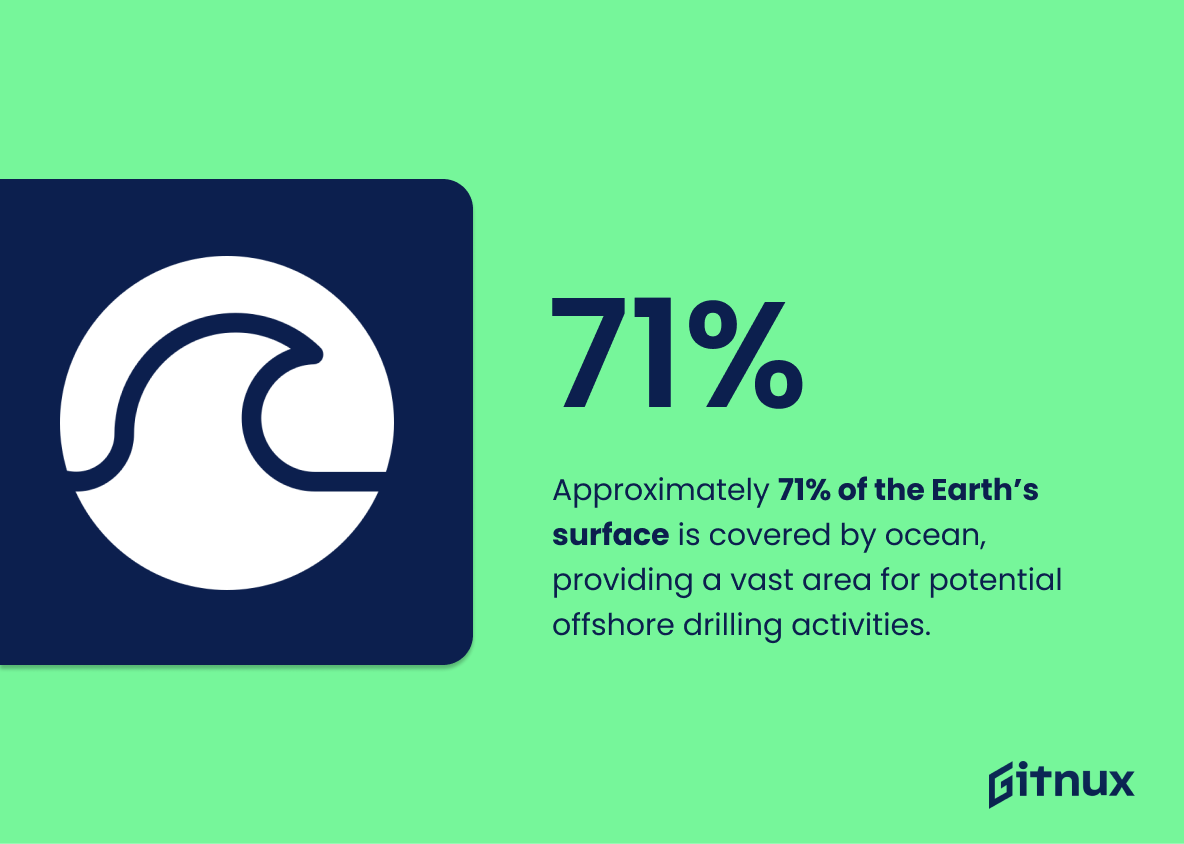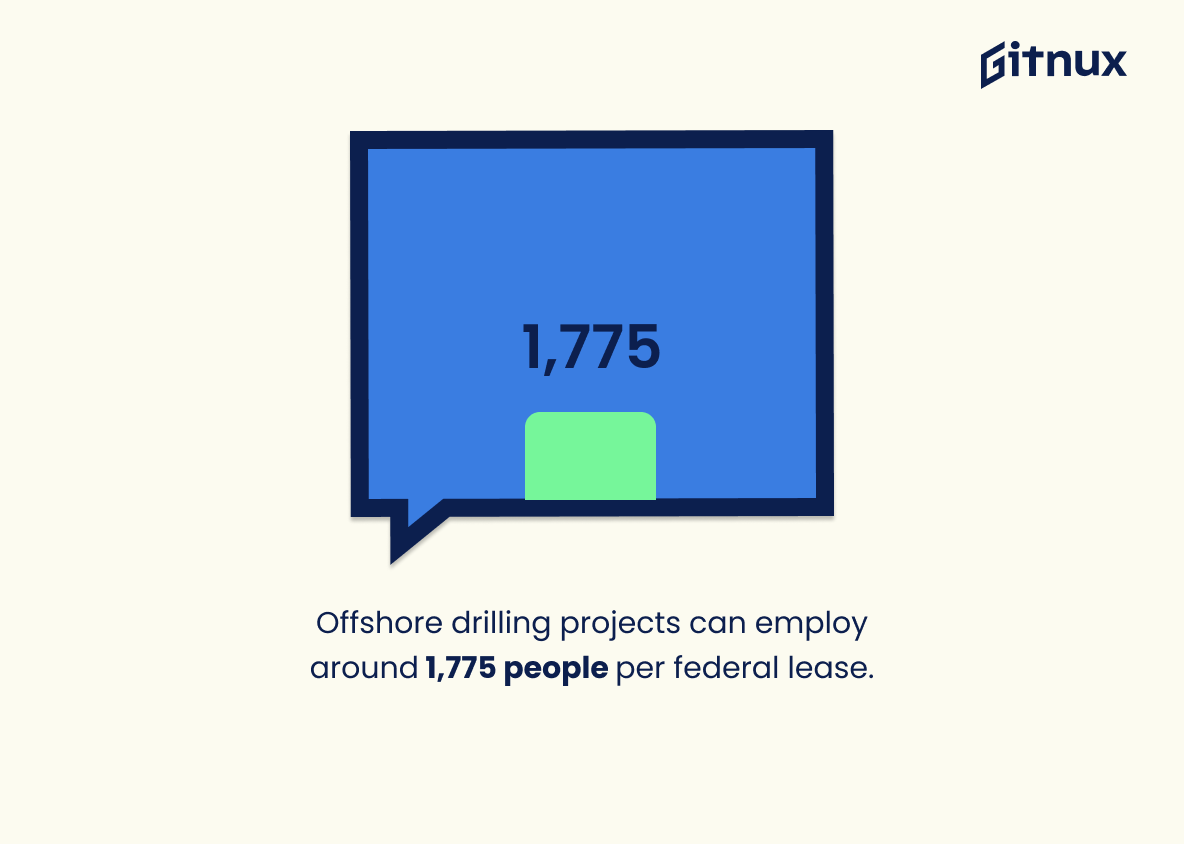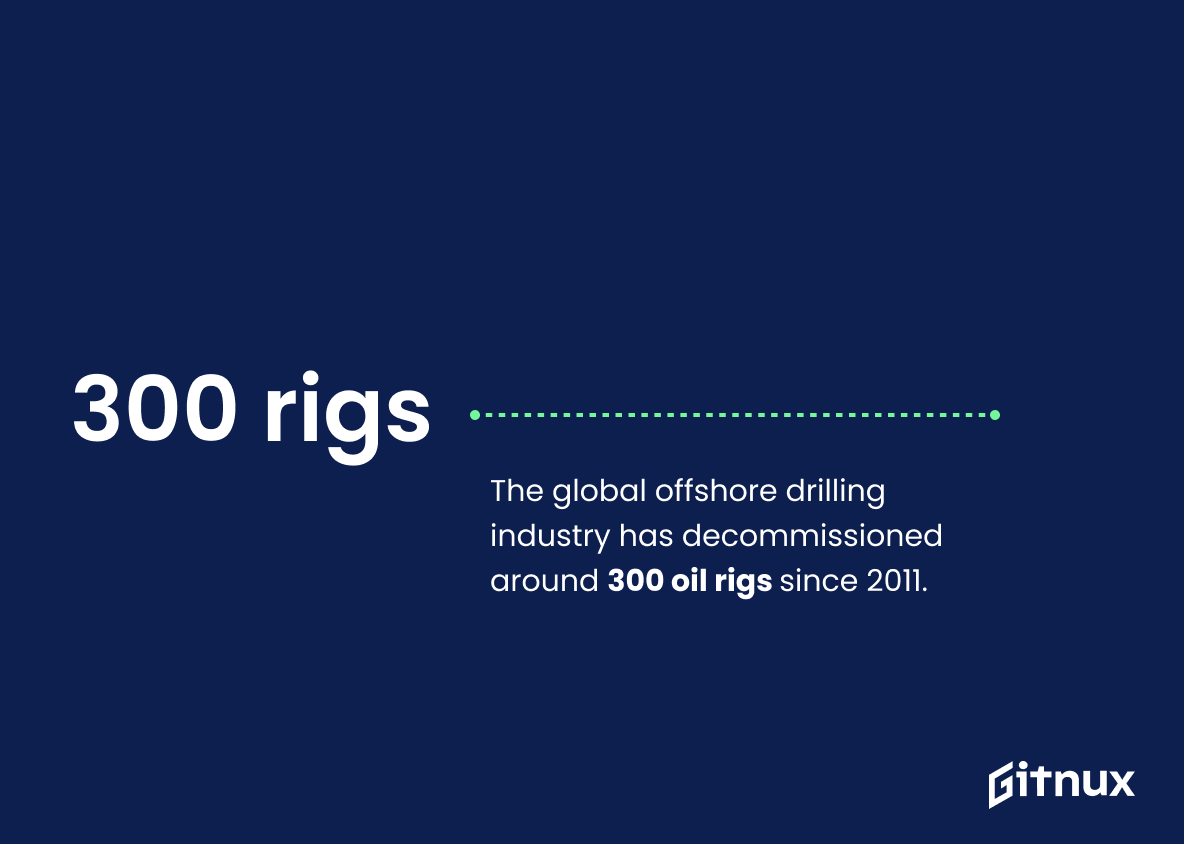Offshore oil drilling is a major industry that has seen significant growth in recent years. According to Allied Market Research, the global offshore drilling market is expected to reach $56.97 billion by 2027. Nearly 30% of global crude oil production comes from offshore sources and 17% of US crude oil production originates from the Gulf of Mexico alone. In 2019, 146 rigs operated in this region but deepwater drilling was expected to increase further with 16 rigs planned for 2021 compared to 12 in 2020. Offshore oil drilling contributed around $21 billion to the US economy last year and Brazil holds 14 billion barrels worth of reserves – making it home to some of the largest fields globally.
The “Golden Triangle” (Brazil, West Africa, and the Gulf Of Mexico) accounts for 75% of deepwater production worldwide while jack-up rigs make up 33%, semi-submersibles 29%, drillships 37%. Global investments are estimated at $44 billion for 2020 increasing slightly next year as well as average water depth which rose from 435 meters 2000s levels up 963 meters today; however utilization rate dropped significantly down 64%. Average age stands at 26 years old while potential wind power generation could cover 18 times current electricity demand if harnessed correctly – though Deepwater Horizon spill released 4 million barrels into ocean waters back 2010 reminding us how dangerous these activities can be when not done responsibly or safely enough..
This statistic is a powerful reminder of the importance of offshore oil production in the global energy landscape. It highlights the need for continued investment in offshore drilling technology and infrastructure to ensure that the world’s energy needs are met. It also serves as a reminder of the potential environmental risks associated with offshore drilling, and the need for responsible management of these resources.
The Gulf of Mexico accounts for 17% of US crude oil production.
This statistic is a testament to the importance of the Gulf of Mexico in US crude oil production. It highlights the significance of offshore oil drilling in the region and the potential economic benefits it can bring. It also serves as a reminder of the potential environmental risks associated with such activities, and the need for careful regulation and oversight.
Offshore Oil Drilling Statistics Overview
In 2019, 146 offshore drilling rigs operated in the Gulf of Mexico, down from 184 in 2015.
This statistic is a telling indication of the state of offshore oil drilling in the Gulf of Mexico. It shows that the number of rigs operating in the Gulf has decreased significantly in the past four years, suggesting that the industry is not as robust as it once was. This could have a major impact on the economy of the region, as well as the environment, as fewer rigs means fewer potential sources of pollution.
Deepwater drilling in the U.S. Gulf of Mexico was expected to increase to 16 rigs in 2021 from 12 in 2020.
This statistic is a telling indication of the growing trend of deepwater drilling in the U.S. Gulf of Mexico, demonstrating the industry’s confidence in the potential of offshore oil drilling. It is a key piece of information for anyone interested in the offshore oil drilling industry, as it provides insight into the current and future state of the industry.
In 2019, offshore oil drilling contributed around $21 billion to the US economy.
This statistic is a powerful reminder of the immense economic impact of offshore oil drilling. It highlights the fact that this industry is a major contributor to the US economy, and its importance should not be overlooked. It also serves as a reminder of the potential for further growth and development in this sector, and the potential for further economic benefits.
Offshore drilling projects in the “Golden Triangle” (Brazil, West Africa, and the Gulf of Mexico) account for 75% of deepwater oil production globally.
This statistic is a testament to the importance of the “Golden Triangle” in the global offshore oil drilling industry. It highlights the fact that the majority of deepwater oil production is concentrated in this region, making it a key player in the industry. This is significant for anyone interested in offshore oil drilling, as it provides insight into the areas that are most important for production and investment.
33.6% of global oil rigs in 2019 were jack-up rigs, 29.3% were semi-submersibles, and 37.1% were drillships.
This statistic is a crucial piece of information when it comes to offshore oil drilling, as it provides insight into the types of rigs being used in the industry. It is important to understand the breakdown of rigs in order to understand the current state of the industry and the potential for future growth. Knowing the types of rigs being used can help inform decisions about investments, safety protocols, and other aspects of the industry.
Offshore drilling global investments are expected to increase from $44 billion in 2020 to $56 billion in 2021.
This statistic is a clear indication that offshore drilling is becoming increasingly attractive to investors. It shows that despite the economic downturn caused by the pandemic, the offshore drilling industry is still seen as a viable investment opportunity. This is a positive sign for the industry, as it suggests that the sector is likely to continue to grow in the coming years.
The average water depth for offshore drilling projects increased from 435 meters in 2000 to 963 meters in 2019.
This statistic is a testament to the ever-increasing complexity of offshore drilling projects. It shows that the industry has been able to push the boundaries of what is possible, drilling deeper and deeper into the ocean floor. This is a remarkable achievement, and it speaks to the ingenuity and skill of the engineers and technicians who make these projects possible.
In 2020, the offshore rig market experienced its lowest utilization rate in two decades at 64%.
This statistic serves as a stark reminder of the immense impact the COVID-19 pandemic has had on the offshore rig market. It highlights the fact that the utilization rate of offshore rigs has plummeted to its lowest point in two decades, a clear indication of the economic turmoil caused by the pandemic.
Offshore wind power generation has the potential to generate over 18 times the current global electricity demand.
This statistic is a powerful reminder of the immense potential of offshore wind power generation. It highlights the fact that, if harnessed correctly, offshore wind power could provide a clean, renewable energy source that could meet the world’s electricity needs many times over. This is in stark contrast to offshore oil drilling, which is a finite resource that is both polluting and damaging to the environment. This statistic serves to emphasize the importance of investing in renewable energy sources such as offshore wind power, rather than continuing to rely on finite resources such as offshore oil drilling.
In 2010, Deepwater Horizon oil spill released 4.9 million barrels of oil into the Gulf of Mexico.
This statistic serves as a stark reminder of the potential consequences of offshore oil drilling. The Deepwater Horizon oil spill was one of the largest environmental disasters in history, and it serves as a cautionary tale of the risks associated with offshore oil drilling. It is a reminder that, despite the potential economic benefits, offshore oil drilling can have devastating environmental impacts if not properly managed.
Approximately 71% of the Earth’s surface is covered by ocean, providing a vast area for potential offshore drilling activities.
This statistic is a powerful reminder of the sheer size of the potential for offshore drilling activities. With 71% of the Earth’s surface covered by ocean, the possibilities for exploration and extraction of oil are immense. This statistic serves to highlight the potential of offshore oil drilling and the potential for it to be a major contributor to the global energy supply.
Offshore drilling projects can employ around 1,775 people per federal lease.
This statistic is a powerful reminder of the potential economic benefits of offshore drilling projects. It highlights the fact that these projects can create jobs and provide a much-needed boost to local economies. It also serves as a reminder of the importance of investing in offshore drilling projects, as they can provide a significant source of employment and economic growth.
The global offshore drilling industry has decommissioned around 300 oil rigs since 2011.
This statistic paints a vivid picture of the state of the global offshore drilling industry: since 2011, a significant number of oil rigs have been decommissioned, indicating a decline in the industry. This is an important piece of information to consider when discussing offshore oil drilling statistics, as it provides insight into the current state of the industry and its future prospects.
Saudi Arabia’s Manifa oil field, the fifth largest offshore field in the world, produces around 900,000 barrels of crude oil per day.
The fact that Saudi Arabia’s Manifa oil field is the fifth largest offshore field in the world and produces around 900,000 barrels of crude oil per day is a testament to the immense potential of offshore oil drilling. This statistic serves as a reminder of the vast resources that can be tapped into when it comes to offshore oil drilling, and the potential for significant economic growth that it can bring.
Conclusion
The global offshore drilling market is expected to reach $56.97 billion by 2027, and nearly 30% of global crude oil production comes from offshore sources. The Gulf of Mexico accounts for 17% of US crude oil production, with 146 rigs operating in 2019 – a decrease from 184 in 2015. Deepwater drilling activity is projected to increase over the next few years, while investments are also set to rise significantly between 2020 and 2021. Brazil has the largest reserves globally at 14 billion barrels, followed closely by West Africa and the Gulf of Mexico which together account for 75% of deepwater oil production worldwide.
Jack-up rigs make up 33.6%, semi-submersibles 29.3%, drillships 37%. Offshore wind power generation could provide 18 times more electricity than current demand levels if fully utilized; however this sector remains largely untapped due to high costs associated with installation and maintenance activities compared to traditional energy sources such as fossil fuels or nuclear power plants that have been used historically on a large scale basis around the world since industrialization began centuries ago..
References
0. – https://www.www.eia.gov
1. – https://www.www.offshore-energy.biz
2. – https://www.advisian.com
3. – https://www.irena.org
4. – https://www.www.noaa.gov
5. – https://www.www.api.org
6. – https://www.www.reuters.com
7. – https://www.www.nsenergybusiness.com
8. – https://www.oilprice.com
9. – https://www.ocean.si.edu
10. – https://www.www.bsee.gov
11. – https://www.www.offshore-technology.com
12. – https://www.www.rystadenergy.com
